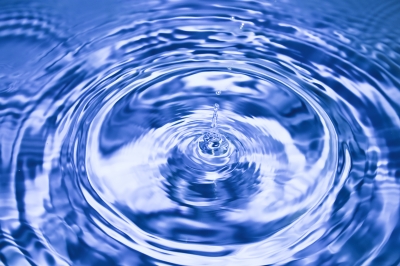Water Catchment Systems 101: A Basic Introduction for Hawaii Residents
You may be surprised to learn that homes all over the world depend on catchment systems and aren’t unique to Hawaii. The report “Guidelines on Rainwater Catchment Systems for Hawaii,” estimates that in 2010, some 30-60,000 people in this state relied on catchment systems for their basic water needs.
Photo courtesy zirconicusso/freeditigalphotos.net
There was a time that catchment systems were deemed inferior to piped public water. Over time, limited inventory coupled with the desire of (especially) off-island purchasers to obtain respite from cramped housing spaces has made the issue of catchment very much a non-issue. This is especially true in East Hawaii where rainfall amounts generally ensure tanks are kept generously full.
Some Practical Considerations
While I don’t pretend to be an expert on the technicalities of catchment systems, there are a few practical considerations related to value to which I can speak with some authority. First, size matters. Smaller tanks may provide sufficient supply, but most insurance companies require a tank of at least 6,000-8,000 gallons.
Types, styles, and filtration systems are a personal preference.
- Doughboy tanks are most popular, least expensive, and easiest to install
- Galvanized tanks are considered an up-grade and tend to last longer
- Redwood tanks, not in common use any longer, are found in some older homes. Most were installed prior to 1978, so the possibility that lead-based paint was used on the interior exists.
- Other variations such as cement, hollow tile, fiberglass, and plastic tanks are generally enclosed and felt to provide superior-tasting water. Additionally, they seem to provide added protection against intrusion by leaves and rodents.
The best systems include screening for the gutter systems, use particulate in-line filters, and provide additional purification or disinfection appliances.
UV systems have increased in popularity over the past few years as price and functionality have become more user-friendly.
And, by the way, cute little birds using the “pond” on the cover as a bird bath is not a good thing.
Several laboratories test water quality. These are listed in the phonebook (under Laboratories) or call the Dept of Health at 974-4000 ext 64258 for assistance.
Want to Know More?
Most REALTORS® can explain the basics, but better yet, hire a professional home inspector who will explain maintenance and function. Some will even perform basic analysis and testing.
View the complete and updated guidelines, or ask your REALTOR® for a copy. It’s not likely to show up on any best-seller list, but it should certainly be required reading for even the most catchment savvy households!


Leave your opinion here. Please be nice. Your Email address will be kept private, this form is secure and we never spam you.